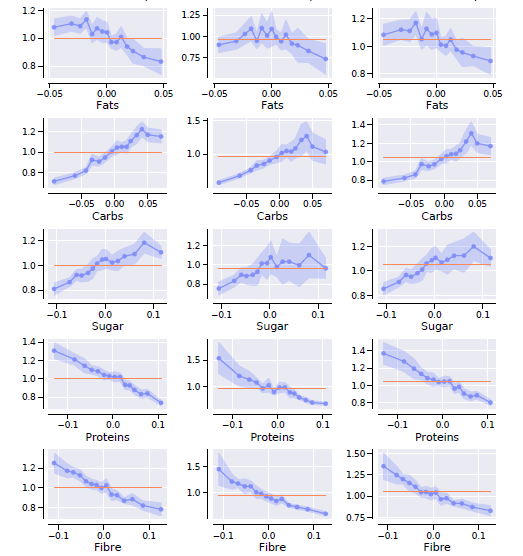Just saw this MIT technology review article show up in my email inbox. I am trying to be optimistic that they are at least acknowledging the high carb/high sugar problem but they are still lumping fat in with carbs. And perhaps if you are eating a high carb and high fat diet it is not a good combination. Also, they still are not understanding the part cholesterol plays. So disappointing . . .
I would be interested in other peoples comments on the science or should I saw the lack of good/sound science. I am hoping that a bunch of the really smart people (Nina Teicholz, Ivor Cummins, Zoe Harcombe, @richard, @carl etc.) are lurking and will comment on this article.

 A pound of steak and a pound of sugar are the same? Or do they at least separate that out?
A pound of steak and a pound of sugar are the same? Or do they at least separate that out?